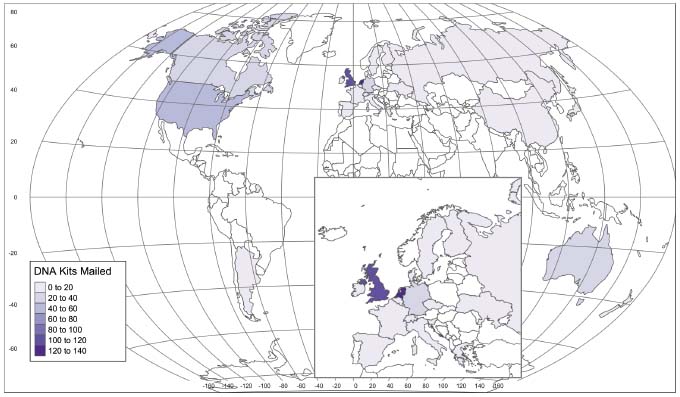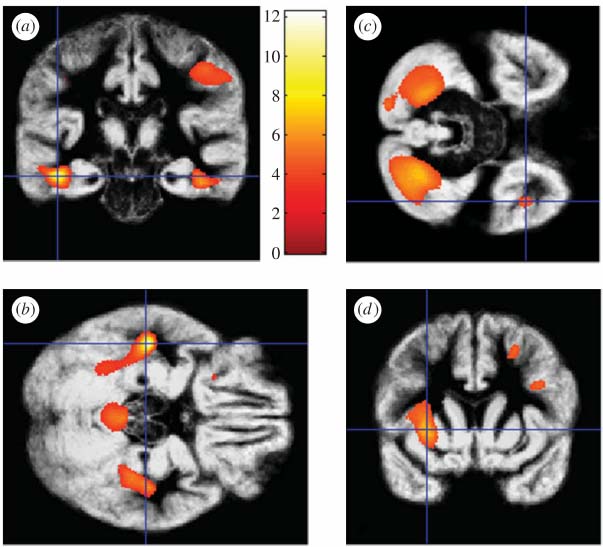I am a postdoctoral scientist interested in the neurogenetics of what makes us human, exploring the topic through studies involving tens to tens of thousands of particpants. After my Ph.D. in translational research at the Cleveland Clinic, I moved to the Netherlands for a postdoctoral position at the Max Planck Institute for Psycholinguistics. There, I led projects on the neurogenetics of synaesthesia and the evolution of human brain shape, amongst other topics. In 2018, I headed back across the Atlantic, landing in Los Angeles and the University of Southern California. A ‘dry bench’ scientist these days, my working hours are happily filled with data tidying, analysis, and visualization.
PhD in Molecular Medicine, 2015
Case Western Reserve University/Cleveland Clinic
BA in Biology, Psychology, 2009
Albion College
Sat, Nov 3, 2018, Society for Neuroscience Annual Meeting
Tue, Oct 23, 2018, Bridging senses: new developments in synaesthesia
Thu, Oct 19, 2017, IASAS Synaesthesia Symposium
Fri, Sep 8, 2017, Cognomics 2017, Neurogenomics: the road ahead

How do rare genetic variants influence a person’s likelihood to experience blended senses?

My MSCA Individual Fellowship is focused on discovering the genetic underpinnings of synaesthesia, a neurological phenomenon where stimulation of one sense causes an automatic secondary perception.

Tracking down potentially causative genetic variants in a family with a severe problem connecting meanings to words.

The shape of our modern brain is a relatively recent development. Can we uncover genetic variation introduced during our evolution that continues to influence this trait?

During my PhD I studied the neural functions of PTEN tumor suppressor using a novel mouse model. The project ranged from behavioral studies to RNA-sequencing, and we often compared our findings to the clinical phenotypes in patients with PTEN mutations.